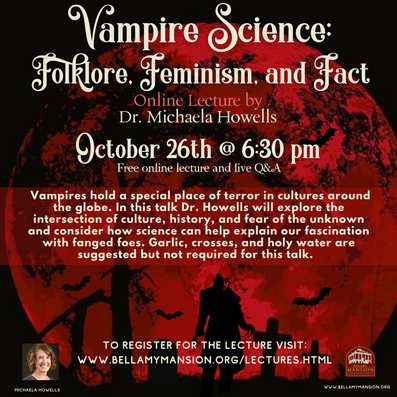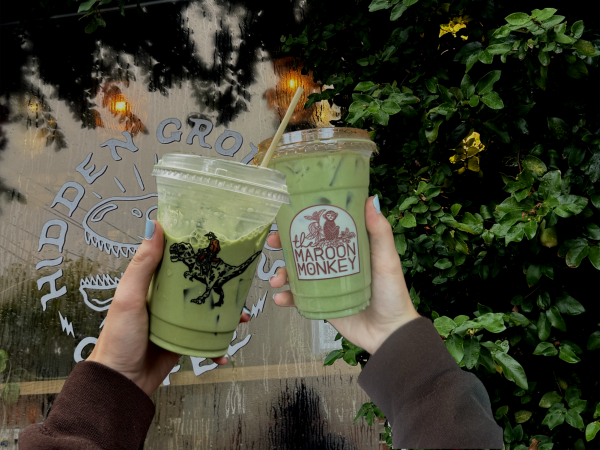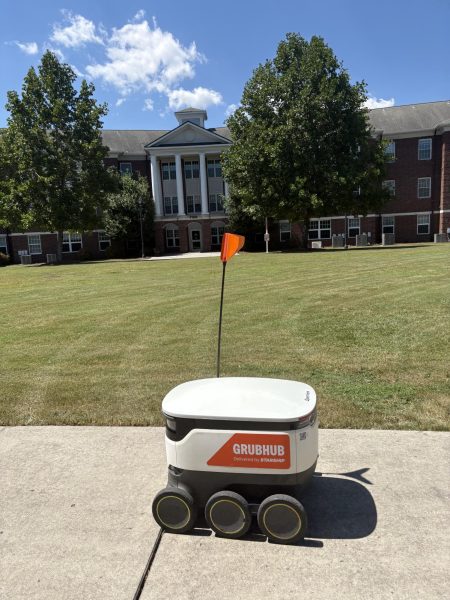UNCW professor to deliver a talk on vampire folklore right in time for Halloween
The cultural phenomenon of vampires is everlasting, as anyone who lived through the 2000s can tell you—specifically UNCW’s Michaela Howells. The anthropology professor will deliver a lecture titled “Feminism, Folklore and Fact” on the mythology of vampires on Oct. 26, right in time for Halloween.
“I feel like especially as a young woman you go through a horse stage, a dolphin stage, and a vampire stage…you know?” said Howells.
Apparently, vampires aren’t just bloodthirsty creatures who enjoy playing baseball in a thunderstorm as Muse’s “Supermassive Black Hole” plays in the background. It is, as most myths are, a narrative created to cope with a dilemma that initially seemed somewhat unexplainable.
Howells’ research partly focuses on reproduction, maternal & child health, intergenerational effects of stress, and growth and development: human variation, all of which factor into her fascination with vampires.
“A lot of the early vampire stories we see are related to explanations of sudden infant death syndrome (SIDS), this disruption of the health and well-being of our pregnancies and our babies…the focus as a scientist is looking at maternal health and maternal stress and pregnancy outcomes and so with this these themes are really interesting to me and poignant to me.”

Covering vampires from an anthropologist’s perspective is not just an examination of the scientific reason that people came up with these stories, but examining why these responses came about by looking at the social perspectives at the time, such as gender roles. The origin of the vampire, oddly enough, aligns similarly to the origins of witch myths.
“The female form ends up becoming a vampire story in these multiple cultures is one of a woman has not followed the rules of her culture and she has not listened to the sort of men who tell her what she should be doing and in that she gets punished and her punishment is typically feeding off of other women especially women of childbirth, newborn babies.”
The dichotomy of the good woman and the evil woman is quite similar to many other stories told about women throughout history—the princess and the witch, the madonna and the whore, the spinster and the wife. These ideas come from a need to create stories that maintain social order. Communities saw vampires, who were women refusing to listen to the social order, as a downfall of femininity. Yet most modern western vampires we see are far more masculine. So what changed?
“So what I will say is we see the switch to seeing vampires as more masculinized bodies coming in at like the last 200 years…but it’s really with Bram Stoker and ‘Dracula’ where the male vampire becomes something that enters into our European-American trope of what a vampire looks like,” said Howells.
The European-American vampire has since become this dominant male monster, from Nosferatu to Tom Cruise and Brad Pitt in “Interview with a Vampire.” The tactic of power within monsters was about men, and even more so about humanizing the men over demonizing them. The audiences consuming this narrative was were also largely masculine, and Howells explains that the dichotomy of good and evil women still persisted, as the vampire itself had different types of victims: the good women who simply succumbed to his power, and the evil “hench ladies” who at some level enjoyed or participated in his ways. The initial sexism never left but reinvented itself.
Beyond Western vampires, Howells also researches American Samoan, Senegalese and Indonesian conceptions of bloodsuckers. One of her favorite pieces of lore is on the notorious Rangda of Bali.
In Balinese tradition, it was normal for women’s property to be entirely their husband’s, so if the husband died, it went to his brothers, not the wife. Rangda was a widow, determined to keep her land from her in-laws, and fought for it, letting other widowed women also take up residence there.
Over time these women were said to become witches. They came to “eat your babies, and end your pregnancies, and eat your dead.” The existence of Rangda is meant to be an insult, a story passed on to keep women in line. She’s depicted with large swinging breasts that are meant to be an insult to older women. Additionally, her attack on women and children is meant to be seen as an insult to femininity. Over time, Rangda has developed into a beloved figure. Her pursuit is to break tradition and protect other women from the lack of hierarchical control.
Vampires are a worldly phenomenon, with so much more to them than popular culture lets on. Howell’s lecture hopes to unpack the folklore surrounding the creatures and explore our fascination with the monsters.
“Folklore, Feminism and Fact” with Michaela Howells will take place on Oct. 26 at 6:30 pm over Zoom.








